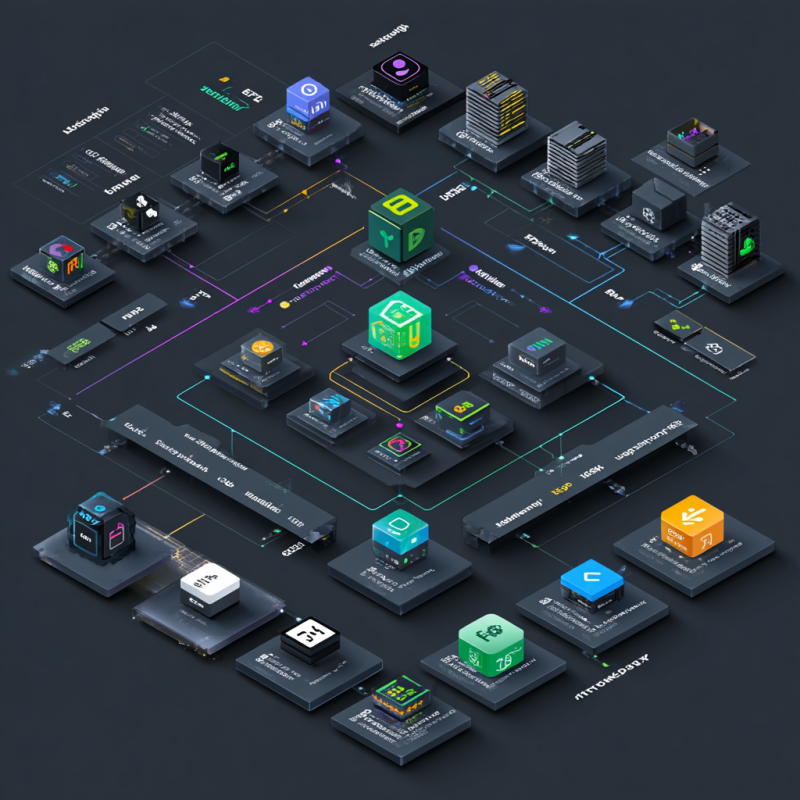Modern Large Language Models (LLMs) now offer enormous context windows, inviting developers to feed huge amounts of content—entire documents, datasets, even complete books—directly into the prompt. On the surface, this might seem ideal. However, bigger does not always equal better. As Daniel Breunig discusses in his insightful blog “How to Fix Your Context,” large contexts typically lead to problems such as context poisoning, distraction, confusion, and clashes. These challenges severely undermine model accuracy and usefulness, and reinforce that judicious context management remains crucial.
Let’s explore these difficulties in greater detail and highlight the essential context management strategies Breunig recommends, such as Retrieval-Augmented Generation (RAG), selective Tool Loadouts, context quarantine, pruning, summarization, and offloading.
Common Problems with Large Context Windows (as described by Breunig)
1. Context Poisoning
Context poisoning happens when inaccurate or hallucinated information enters the context. Once embedded, these inaccuracies persistently plague responses, negatively influencing the model’s behavior.
2. Context Distraction
Extremely large contexts risk overwhelming the model, causing it to overly rely on past information rather than effectively synthesizing or generating new insights. This can severely degrade performance and lead to repetitive or cyclical behaviors.
3. Context Confusion
Too much irrelevant or unnecessary information in the context can confuse the model, reducing response quality dramatically. This is especially prevalent when multiple tools or functions are presented simultaneously without clear prioritization.
4. Context Clash
Context clash arises when contradictory information simultaneously exists within the prompt. This internal conflict leads to uncertainty and ambiguity, undermining coherent and accurate output.
Strategies for Effective Context Management from Breunig’s Blog
To handle oversized contexts effectively, Breunig emphasizes several robust techniques:
Retrieval-Augmented Generation (RAG)
Instead of dumping all information simultaneously, use RAG to retrieve only the most relevant content at the moment of response generation. RAG helps reduce distraction and poisoning by ensuring relevance and accuracy.
Tool Loadout
Rather than overwhelming the model with numerous unnecessary tools, selectively include a small set of highly relevant tools for each task. Breunig points out research demonstrating that careful tool selection significantly boosts model performance and efficiency.
Context Quarantine
Context quarantine isolates independent or risky context sections from one another, effectively minimizing clashes and poisoning. By segmenting context appropriately, information contamination is prevented, allowing clearer and more reliable outputs.
Context Pruning
Regularly prune context windows to remove outdated, irrelevant, or redundant content. Context pruning keeps your model sharply focused only on high-value information, boosting precision and clarity while lowering the risk of errors.
Context Summarization
Summarize extensive interactions or histories to compact essential information. Summarization techniques prevent context overload, ensuring that contexts remain concise, relevant, and easily managed.
Context Offloading
Store large or intermediate information externally (e.g., in databases or external “scratchpads”). Context offloading maintains the main context window clear and concise, leading to improved reasoning and performance.
Guiding Principles for Context Management
Breunig recommends these general guidelines to sustain high-quality contexts:
- Maintain Relevance: Ensure every piece of context serves a clear, direct purpose.
- Regularly Refresh: Consistently perform pruning and summarization.
- Isolation Matters: Separate potentially problematic data to avoid contamination.
- Use External Storage: Offload unnecessary data regularly to stay efficient.
Conclusion: Effective Context Management Isn’t Optional
As Breunig clearly illustrates in his blog, larger context windows don’t diminish—rather, they amplify—the necessity of proper context management. Without strategic care and thoughtful techniques (RAG, tools loadouts, quarantine, pruning, summarization, offloading), context poisoning, distractions, confusion, and clashes hinder reliable LLM performance.
Context management is fundamental. Always ask: “Is every context token adding real value?” If not, deploy these proven strategies to reclaim clarity and effectiveness.
This blog post references and utilizes key insights from Daniel Breunig’s “How to Fix Your Context”.






